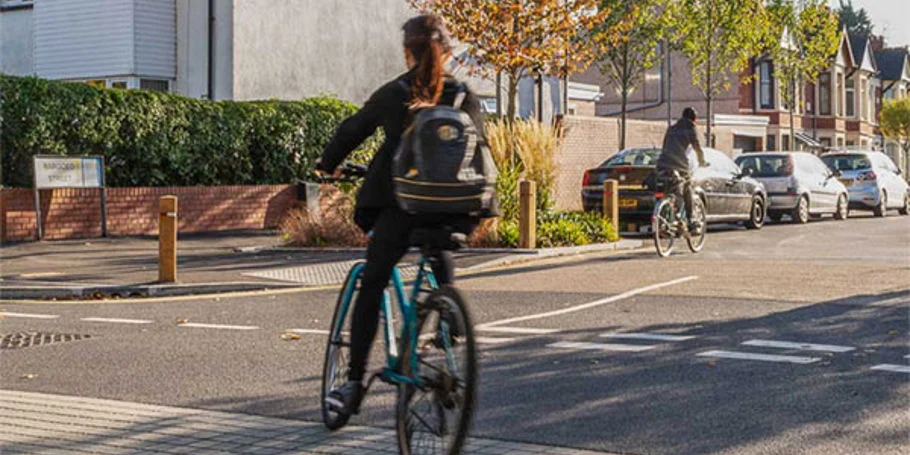At 55km in length, the Hong Kong-Zhuhai-Macau Bridge is the world's longest sea crossing. Its successful completion after 9 years of construction connects the cities of Hong Kong, Macau and Zhuhai, reducing the previous 1 hour long ferry connection to a 40min car journey.
Hailed as an engineering wonder, the Hong Kong-Zhuhai-Macau Bridge further improves transport connectivity between Hong Kong, Macau and major cities in Guangdong province. This marks a new milestone in the integration process of the Greater Bay Area – the Chinese government’s national strategy to create a world-class city cluster to lead the country’s future development.
Arup played an extensive role in the crossing's delivery. Our work ranged from the preliminary design for the main bridge in mainland waters to environmentally friendly reclamation solutions for the Hong Kong Boundary Crossing Facilities (BCF) artificial island, and the tender and construction of the Hong Kong Link Road.
We also undertook the feasibility study and detailed design for the Tuen Mun – Chek Lap Kok Link Northern Tunnel and Southern Connection Viaducts, preliminary and detailed design for the Macau Link Road, and the infrastructure works of the Macau BCF.
Unique and beautiful
Arup’s involvement in the main section in the Zhuhai waters started in 2009 when we carried out the concept and preliminary design in a joint venture with China Highway and Planning Design Institute and other firms.












